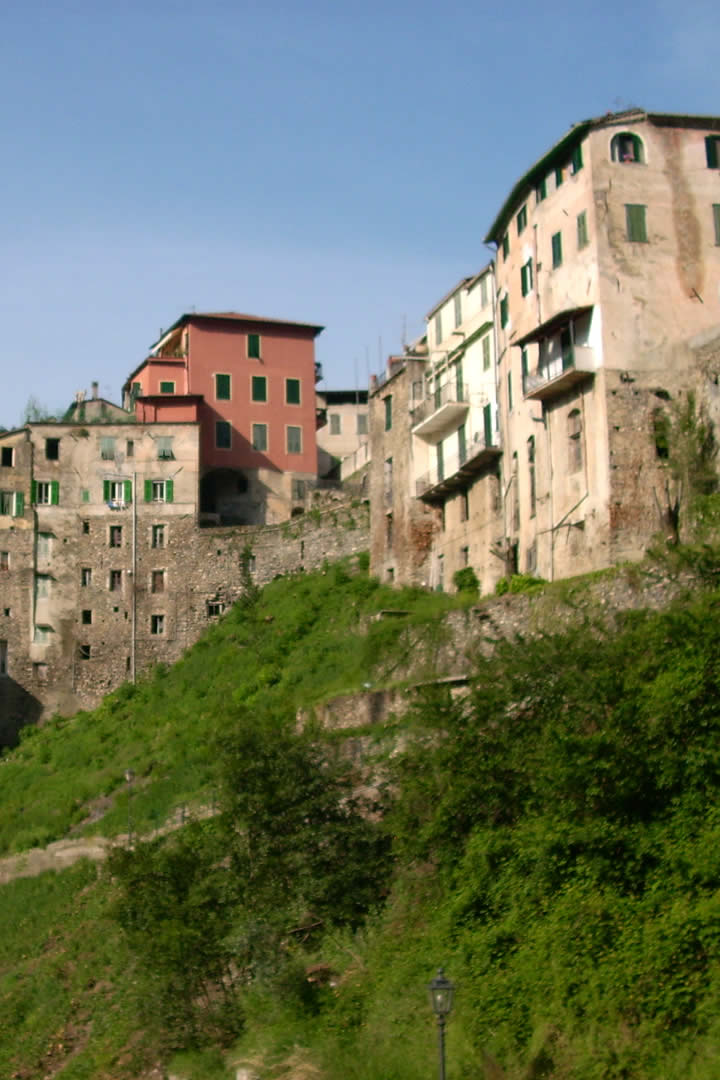NICE - Nowadays it is the well-known city of Provence.
Nice...
"Nowadays it is the well-known city of Provence, but originally it was one of the most beautiful Ligurian town". Those are the words ligurian people use to talk about Nice, wonderful town with a very troubled history, in fact the latest Italian attempt to reconquer it was during the Second World War.One of the reasons of this attack depends on that Nice native people have a lot of features in common with the Ligurian population. For example the Nizzardo,their dialect is very similar to our and the origin,as you can see by the family names leafing through the pages of the phone book,are italian.
At the Promenade Des Anglais and the beautiful Place Massena there are statues of Jaune Plensa, important exaples of modern art are known by everyone.
If you go to Nice, it is very interesting to visit the Saint- Nicolas russian church that was built in the 1912 to offer the the Russian tourists the opportunity to profess their faith during their holiday. A curiousity is the Louis Nucera library with its facade representing a stylized human face.















